Art of Detail
Outstanding Ornaments
Fan Decorations Have Played an Important Role in Korean History
During the Joseon Dynasty (1392-1910), a select group of government officials decorated their folding fans with special ornaments that spoke volumes about their place in society. These remarkable pieces developed new, fascinating layers of meaning.
- Written by Tim Alpercontributing write
- PHOTOGRAPHED BY National Museum of Korea
Foldable fans are far more than an eye-catching footnote in Korean history. In days gone by, high-ranking scholars and nobles would almost never leave the house without them. In the time before air conditioning, they were an essential way to stay cool in the sweltering heat and humidity of summer. But they had scores of other functions besides their most obvious practical function.
For instance, performers of pansori―a unique form of improvised musical storytelling―would use fans as a stage prop or a musical instrument. Singers would throw their fans open for dramatic or percussive effect during performances.
But fans were also a social prop: Their designs and decorations often told observers much about their owners. But a small and often-overlooked detail on the fans of old spoke volumes about their carrier: an ornamental flourish named the seonchu.
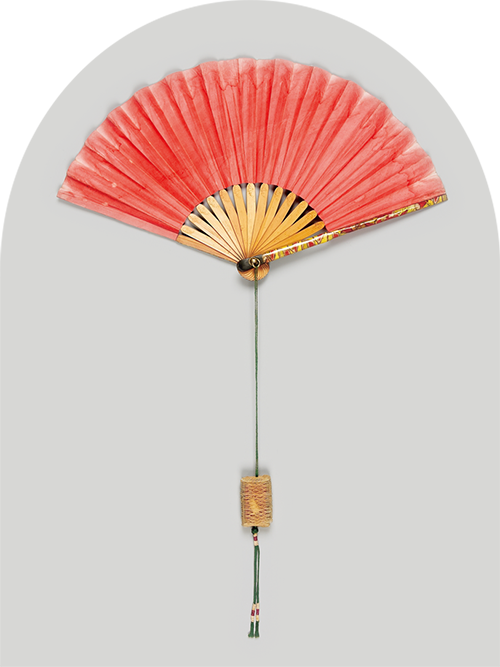
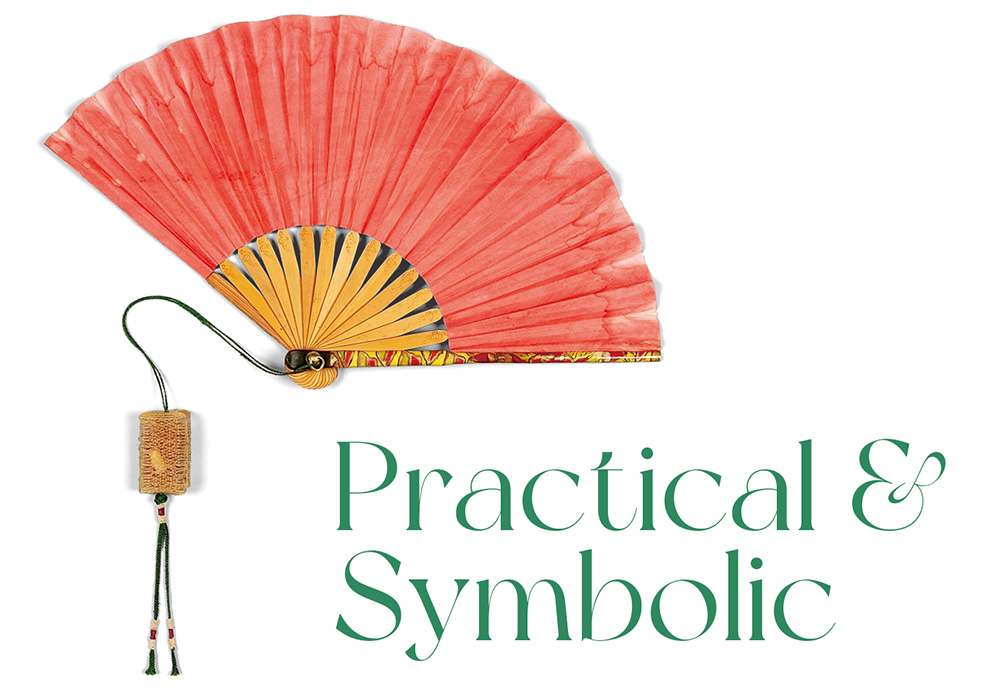
Fabulous Fans
If you take a stroll around one of Seoul’s busiest tourist areas, you will likely find a lot of folding souvenir fans on sale. Almost all commercially made fans feature a seonchu, which looks like a piece of knotted string with a small plastic or metal ornament attached.
At first glance, this looks like a little and mostly insignificant detail that does not really draw the eye away from the “main” part of the fan. During the Joseon Dynasty (1392-1910), the seonchu’s importance actually rose to dwarf that of the fan itself.
Historians believe that seonchu may have originated in China. And records of the Goryeo Dynasty (918-1392), show that these decorations began to appear in Korea as the Ming Dynasty period (1368-1644) was dawning across the border.
The Joseon rulers quickly developed a special affection for seonchu. While many members of the social elite or middle classes carried fans, a chosen few were allowed to decorate them with seonchu pieces during this period. Just as only the highest-ranking generals of modern armies can sport five stars on their uniforms, none but the kingdom’s finest scholars were allowed to attach seonchu pieces to their fans.
In something of a departure from the norm of the times, being permitted to affix a seonchu piece to one’s fan was a merit-based affair. In years gone by, gaining admission to the Korean civil service represented the pinnacle of any young man’s ambition. Annual examinations took place, with all-comers hoping to score high―and thus land a place in the civil service. These were mentally grueling tests of knowledge, linguistic ability, writing skills and literature.
Only a few students had the mental prowess to pass these tests using their own wits. And these were the individuals who were allowed to use seonchu―by royal decree. Those who were admitted to the civil service because of their military abilities were not permitted to decorate their fans in this manner. Neither were those who managed to gain admission to the civil service due to family connections. In an era of feudalism and powerful, influential nobles, seonchu culture was a bastion of meritocracy.
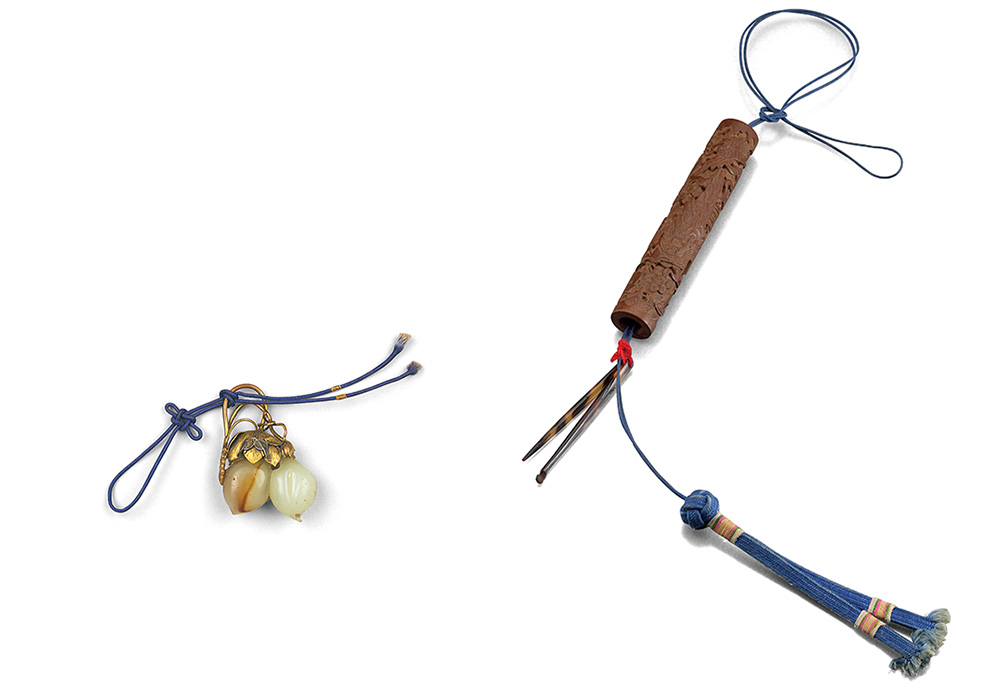
© National Folk Museum of Korea
Decorative Flair
Seonchu pieces varied greatly in their appearance, and were made from all sorts of materials. Some were carved from wood, and others made use of carefully woven horse hair. Some pieces featured jade details, with amber, ox horn, ivory, gold and silver also common. Others featured fragrant materials such as blocks of incense, which would give off a pleasant odor.
Often, these were not simple ornaments. Some stunning pieces were embedded with practical items like compasses, toothpicks or acupuncture needles, making them perhaps a distant ancestor of the modern Swiss Army knife. A few even contained portable sundials―allowing users to check the time while they were on the move.
Interestingly, these diverse ornaments often doubled as a sort of purse, in that users often used them to carry their personal seals. Even to this day in Korea, a personal seal is considered to be a higher form of guarantee than even a signature. As such, it must be kept safe at all times―and used only to sign the most important of documents.
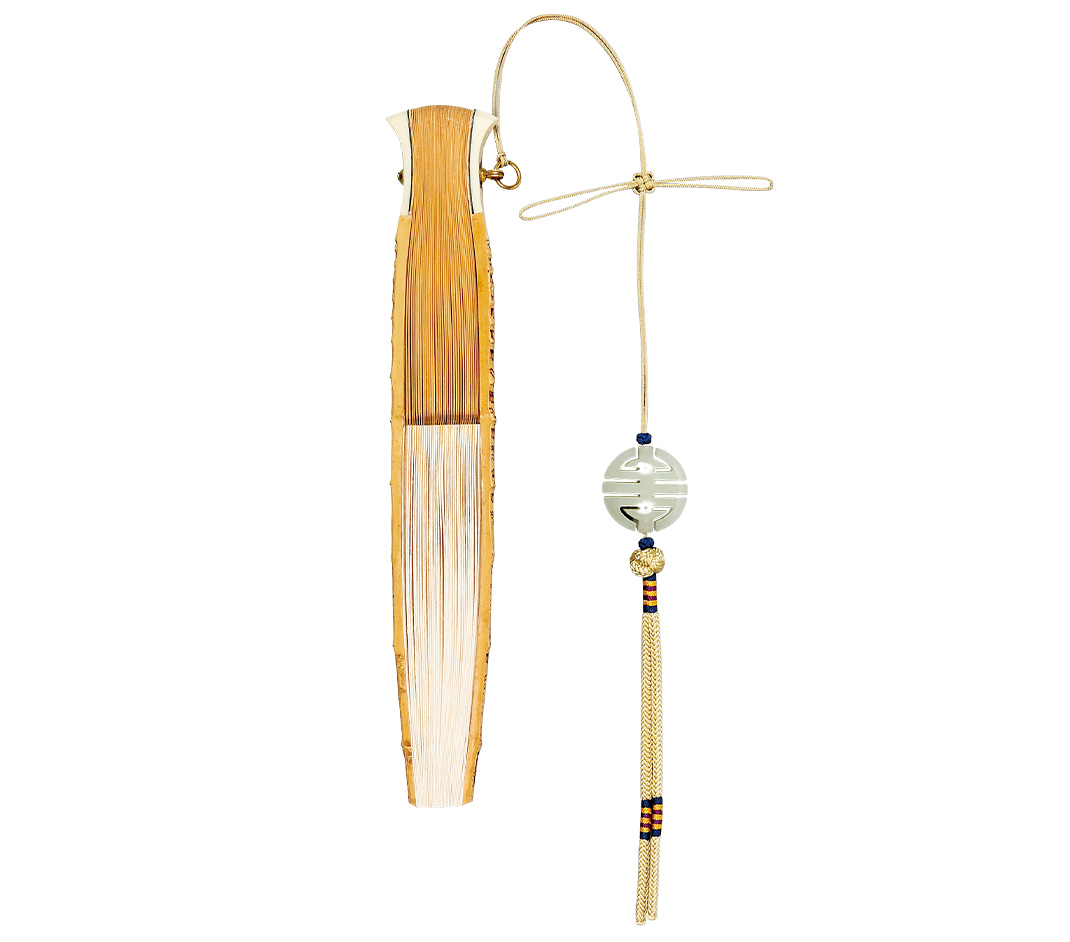
Seonchu served not only as a function of decoration but also as a symbol of status.
Changing Times
For most of the Joseon period, seonchu remained the preserve of the few, with only qualified individuals allowed to attach them to their fans. As women were not permitted to join the civil service, they were not allowed to decorate their fans with these details. Feminine symbols were also taboo in seonchu craft, so strict was the rule about these items being a male preserve.
A few records (somewhat scornfully) noted that some late Joseon-era men sported seonchu pieces with knots that were so long they nearly touched the ground.
But in the late 19th Century, Korea began a process of modernization, with ordinary folk were allowed to buy noble titles. In this period, many prohibitions about seonchu were also relaxed. During the Japanese colonial period (1910-1945), all remaining barriers to seonchu simply evaporated in the absence of a Korean ruler.
As such, seonchu’s former symbolic significance is now a thing of the past. And modern fan-makers have responded by using seonchu to add incredible and inventive flourishes to their fans.
Seonchu pieces are now often featured on the “fixed,” non-folding, paddle-shaped fans that most Goryeo and Joseon women used in place of the foldable variety. In the past, the use of this decoration in this manner would have been unthinkable. But times change. And just as modern Korea has morphed to meet the demands of the 21st Century, so too has the seonchu.
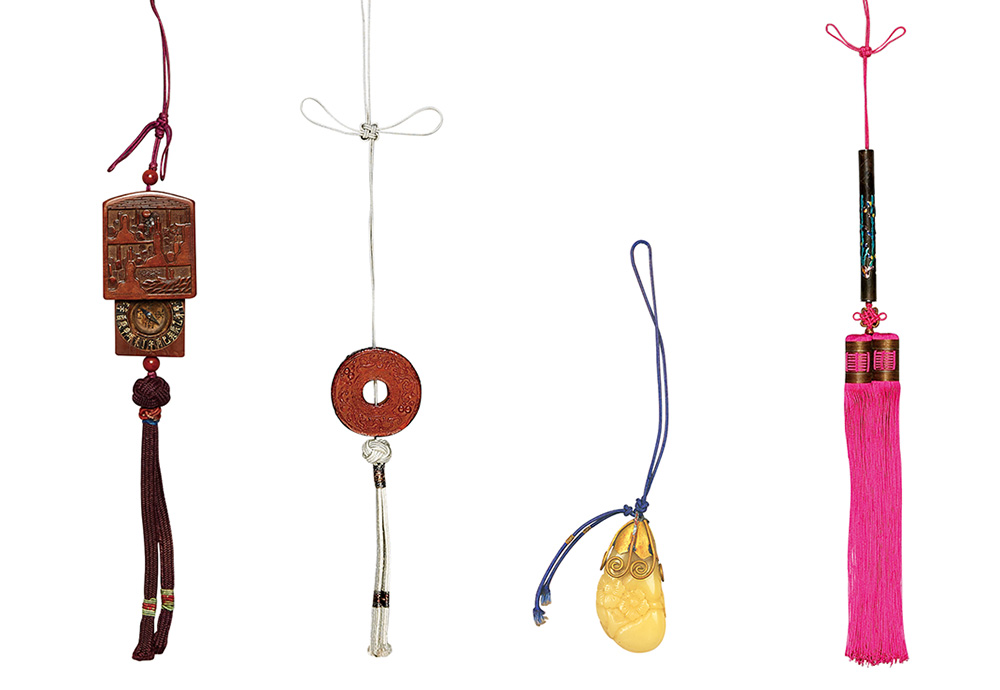
Third image © National Folk Museum of Korea





